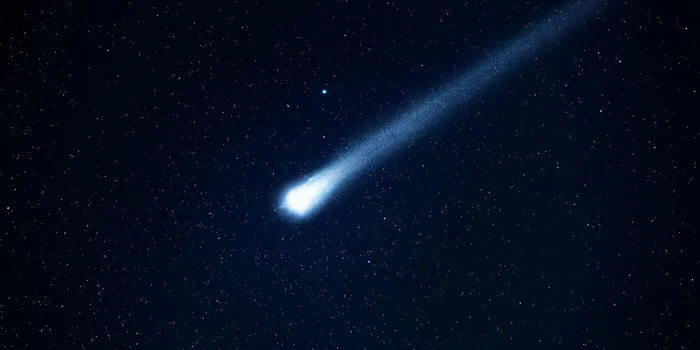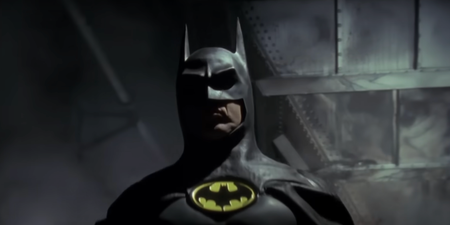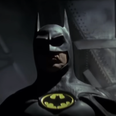The green-coloured rock has been dubbed the ‘Mother of Dragons’.
A Mount Everest sized comet will be visible in the night sky tonight as it makes its return to the solar system.
The shooting star was given the name 12P/Pons-Brooks by astronomers and it is estimated to be 21 miles wide.
You won’t need a telescope to catch a glimpse of this once-in-a-lifetime occurrence. Provided the sky is clear, this huge comet will be visible to the naked eye sometime later tonight.
This incredible image, which was captured by astrophotographer Jan-Erik Vallestad, shows the Pons-Brooks comet in full flight.
Vallestad used a specific type of imaging technic and processing to bring out detail with the comet’s coma, of which there are many.
This particular comet is known as a ‘periodic comet’, meaning its orbit takes it through the solar system on a somewhat regular basis.
It takes 71.3 years for it to make a complete lap of the sun, making it a so-called Halley-type comet which appear in the solar system every 20 to 200 years.
All the more reason to take some time to head outside to the garden this evening to try and catch a glimpse.
Dr Robert Massey, deputy executive director at the Royal Astronomical Society, caveats the event by warning: “Don’t expect it to be dazzlingly bright – the kind of image you see in photographs. It’s not going to be like that.”
He added: “This is something that might just be visible to the naked eye if you don’t have a Moon in the sky, if there’s no light pollution and if the weather is really clear, then you might stand a chance.
“But for most of us, we’re going to need to pick up a pair of binoculars.”
As the comet returns to the inner solar system, light from the sun will reflect off the it’s cloud of gas and ice, thus making it more visible from the ground.
Dr Massey said stargazers should look to ‘west-north-west’ after sunset to catch a glimpse of Pons-Brooks.
The meteor is named after the French astronomer Jean-Louis Pons – who discovered it in the early 19th century – and British-American astronomer William Robert Brooks, who observed it on its next orbit in 1883.
Considering the next chance humans will have to see it will be sometime around 2095, we suggest throwing a jacket on and keeping an eye on tonight’s sky.
Related Links:
Scientists say they have evidence of a new planet in our solar system
Earth is spinning so fast it’s going to ‘lose a second’ for the first time ever
New Met Office map shows where to see Northern Lights across UK tonight
Lost underwater ‘city’ discovered that might rewrite the history of civilisation





















































